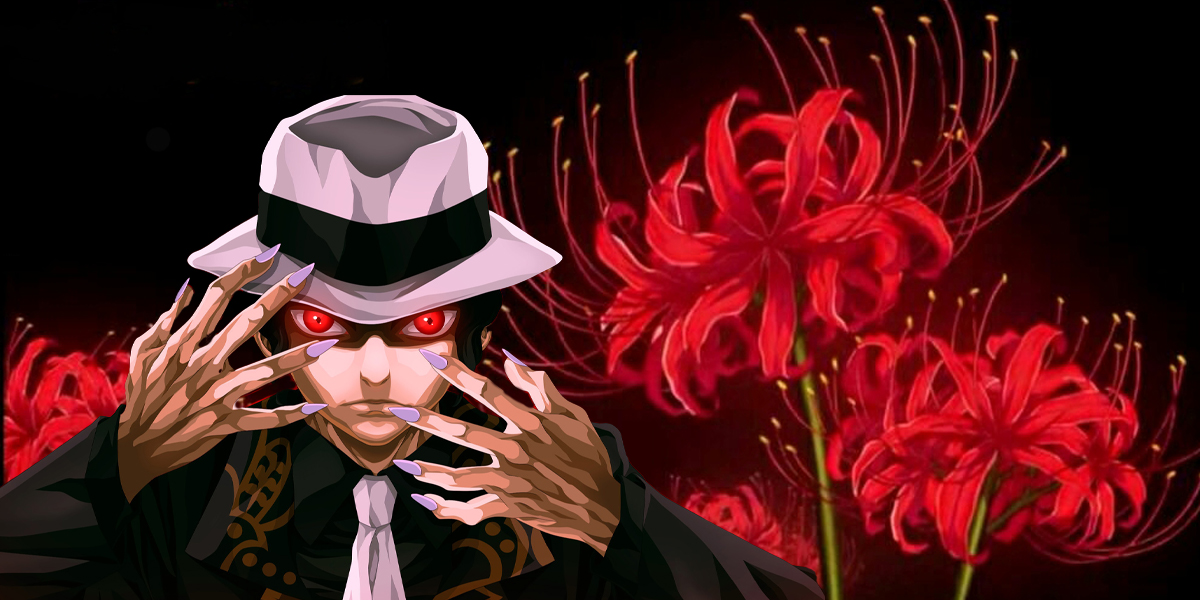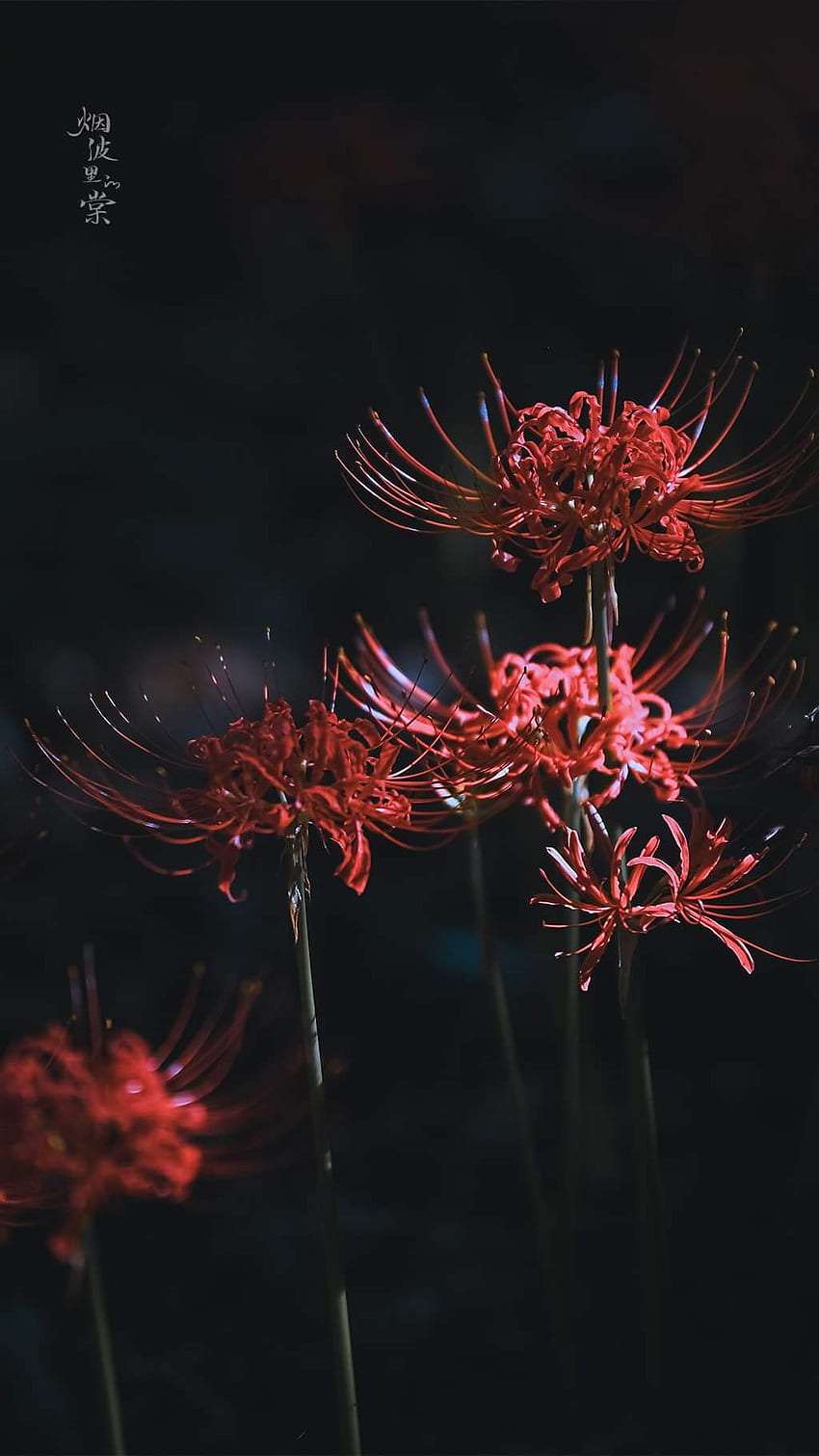12 New Anime Recommendations Starting April 2024 - Offering Various Genres
There are KAIJU NO. 8 to the webtoon adaptation VIRAL HIT, the collection of new anime for Spring 2024 comes with various genres.

Kapanlagi.com - If you're an anime enthusiast, you must have often seen the appearance of Higanbana or Red Spider Lily. One of the most striking appearances is in the ending of Kimetsu No Yaiba: Demon Slayer, because Higanbana's visual always appears first at the end of each episode.
Higanbana flowers often appear in scenes depicting sadness or death. Yes, this flower from the amaryllis family with the Latin name Lycoris radiata is also known as the flower of death and hell flower.
Well, it turns out that the flower, also known as Red Spider Lily, does exist in the real world. Where does it originate from? And what is the myth behind this particular flower? Check out the following discussion..

Photo Credit: Pxfuel
The meaning of higanbana is taken from the word 'Higan' which is a Buddhist festival celebrated on the first day of autumn, which is a national holiday in Japan. Higanbana grows on the first day of autumn, around the last week of September in Japan. This flower then withers around the first day of spring.
In Buddhist belief, that moment is when spirits from different realms can visit the world. Therefore, some Japanese people make offerings during the Equinox Day for deceased relatives.
The bright red higanbana flower is also considered as a guide for those who have passed away to the next realm. Because it is associated with death, although beautiful, higanbana flowers are not used in flower bouquets in Japan.

Photo Credit: Pxfuel
Higanbana does grow in Japan, but this flower originally comes from China, Nepal, and Korea. Only the female varieties managed to enter Japan. That's why higanbana cannot reproduce through pollen like most other flowering plants. Higanbana is said to only grow from bulbs because it does not travel with the wind.
Although most of them are red, higanbana also has other color variations, namely white and yellow.

Photo Credit: Unsplash / S. Tsuchiya
Another interesting fact, higanbana is actually poisonous, especially its bulb. This flower is usually planted around graves and cemeteries, one of the reasons being that its bulb is said to deter rats and other animals from eating the newly buried family members in the grave.
In addition, farmers in Japan often plant higanbana in rice fields to keep rats and other pests away. This natural rat poison is also planted by people in rural areas of Japan to keep rats away from their homes.
This usage also contributes to higanbana being referred to as the flower of death.
(kpl/gtr)
Cobain For You Page (FYP) Yang kamu suka ada di sini,
lihat isinya
There are KAIJU NO. 8 to the webtoon adaptation VIRAL HIT, the collection of new anime for Spring 2024 comes with various genres.
Highlighting interesting elements for fans of science fiction and strategic battles. Here is a list of popular military sci-fi anime recommendations that you shouldn't miss.
Let's check out some anime with emotional adventures and find inspiration behind the motivating stories of athletes in the following anime that focus on athlete journeys.
Let's delve into the thrilling world of the anime THE FABLE together. Come on, check out the complete synopsis of the anime THE FABLE along with the list of characters below.
Coming very soon! CITY HUNTER LIVE ACTION will soon be airing this month!
For those of you who want to watch the anime IN/SPECTER. Here is the synopsis of the anime IN/SPECTER for season 1 and season 2.
With fiery battles to historical feuds, let's check out the watching order of SENGOKU BASARA anime filled with action along with its synopsis.
Prepare yourselves to dive into a dark world filled with unexpected tension and intense moments through the following unmissable recommendations for scary anime.
Anime always provides unique and interesting stories, including the following recommendations for anime about prisons.
For those who are curious about the synopsis, here is the complete synopsis of the anime ONE ROOM for season 1 and 2 that you must know before watching the anime.
Are you ready to enter a new world full of mystery, adventure, and emotional depth? Let's start exploring the stories of anime reincarnation with the latest stories in 2024.
Mirna Haryati has also voiced many other iconic characters, such as Unyil, Dora, and Elif.